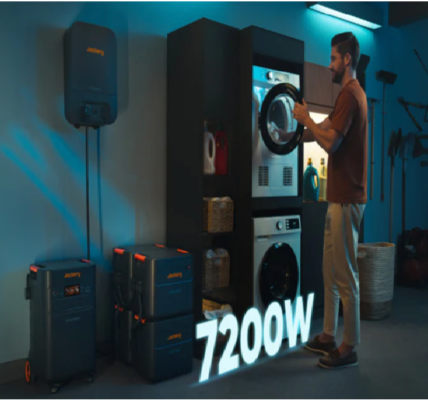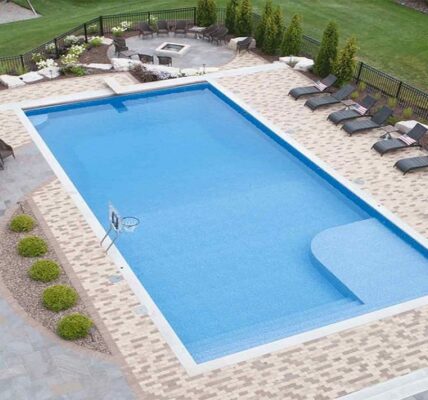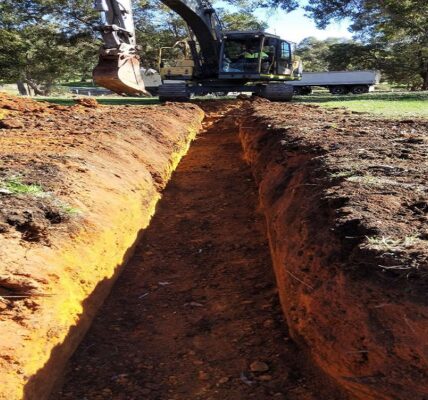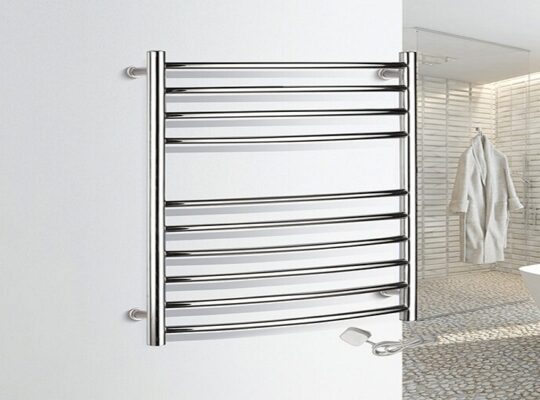Having a pool in your backyard is a wonderful luxury, offering a place for family fun, relaxation, and fitness. However, it also brings significant responsibility, especially when you have young children. According to the Royal Life Saving Society of Australia, drowning remains one of the leading causes of accidental death in children under five. Thankfully, there are several proactive measures you can take to childproof your pool area and reduce the risks associated with poolside accidents.
In this ultimate guide, we’ll walk you through the best strategies and products you can use to childproof your melbourne pool, ensuring that your children can enjoy the water without compromising on safety.
1. Install a Pool Fence
A Must-Have Barrier:
The first and most important step in childproofing your pool is to install a secure pool fence. In Australia, pool fencing laws are stringent, requiring pools to be fenced off to prevent unsupervised access. These regulations exist for a reason: an effective pool fence is one of the best ways to protect young children from wandering into the pool area.
What to Consider:
- Height: The fence should be at least 1.2 metres tall, with no horizontal rails that children can climb.
- Gaps: Ensure the gaps between the fence’s vertical bars are narrow enough to prevent a child from squeezing through. The gap should not exceed 100mm.
- Self-closing Gate: The gate should be self-closing and self-latching, with the latch positioned out of reach of young children (at least 1.5 metres above the ground).
- Non-climbable: Choose materials that are not easily climbable, such as solid panels or mesh, to prevent children from scaling the fence.
A well-installed pool fence acts as a physical barrier, ensuring that children cannot access the pool area without adult supervision.
2. Use Pool Alarms
Monitor Access to the Pool:
In addition to a fence, pool alarms can provide an extra layer of protection by alerting you when someone enters the pool area. Pool alarms can be installed on gates, doors leading to the pool, or even in the pool itself.
Types of Pool Alarms:
- Gate and Door Alarms: These are placed on gates and doors leading to the pool area. They emit a loud sound if the gate or door is opened, alerting you immediately.
- Pool Surface Alarms: These are motion detectors placed on the surface of the water. They detect waves caused by someone entering the pool and immediately sound an alarm.
- Wearable Alarms: Some products come as wristbands or anklets that children can wear. These alarms go off if the child enters the water, alerting nearby adults.
These alarms are a great way to ensure that any attempt to enter the pool area or water without supervision is immediately detected.
3. Cover the Pool When Not in Use
Use a Pool Cover:
One of the most effective ways to childproof your pool is by using a pool cover when the pool is not in use. Pool covers act as a physical barrier to the water, preventing children from falling in if they wander near the pool unsupervised.
Types of Pool Covers:
- Safety Covers: These are solid, sturdy covers that can hold significant weight, ensuring that children and pets cannot fall through. They are usually made of mesh or vinyl and can be securely fastened to the pool’s perimeter.
- Reel Covers: For above-ground pools, reel covers are an easy-to-use option. They can be rolled on and off with a simple mechanism, keeping your pool protected when not in use.
- Automatic Covers: Automatic covers are motorised systems that retract or extend with the push of a button, offering a high level of convenience and security.
Ensure that the pool cover is properly installed and maintained, as a poorly secured cover can be a safety hazard rather than a protective measure.
4. Ensure Proper Poolside Supervision
Never Leave Children Unattended:
While physical barriers like fences and covers are essential, the most important factor in childproofing your pool is supervision. Never leave children unattended near or in the pool, even if they know how to swim. Drowning can happen in a matter of seconds.
Tips for Supervision:
- Designate a Pool Watcher: Always designate a responsible adult to supervise children in the pool. This person should be sober and attentive to the children’s activities.
- Avoid Distractions: Don’t let distractions like phone calls, cooking, or conversations take your focus away from the pool area.
- Use the Buddy System: Ensure that children swim with a buddy, as this creates an extra layer of safety and accountability.
Never underestimate the importance of close, consistent supervision. Even if a child is an experienced swimmer, accidents can still happen.
5. Teach Children Water Safety
Early Lessons in Water Safety:
Teaching your child how to be safe around water is essential. Many children as young as six months can benefit from water safety lessons, including learning to float, kick, and even swim short distances.
Key Safety Lessons:
- Never Run Near Water: Teach children to walk, not run, near the pool to avoid slipping.
- Learn to Swim: Enrol children in swimming lessons as early as possible. Swimming lessons help develop essential life skills and give children the confidence to stay safe in the water.
- Teach Pool Rules: Establish rules for pool behaviour, such as no diving in shallow water, no pushing others, and always waiting for an adult’s permission to swim.
Swimming lessons and water safety education provide children with the skills and knowledge to stay safe around pools.
6. Remove Poolside Climbing Hazards
Eliminate Access Points:
Ensure that there are no items near the pool fence or gates that children could use to climb over and gain access to the pool area. Items like ladders, tables, or garden furniture should be kept away from the fence to avoid creating climbing opportunities.
Secure Ladders and Steps:
If your pool has steps or ladders, ensure they are secure and not easily accessible when the pool is not in use. Some pool ladders can be locked or removed to prevent children from climbing into the pool when you’re not around.
By removing potential climbing hazards, you ensure that children cannot bypass pool barriers and gain access to the water.
7. Keep Pool Chemicals and Equipment Secure
Proper Storage of Chemicals:
Pool chemicals such as chlorine, algaecides, and other cleaning products can be harmful if ingested. Store these chemicals in a locked, childproof cabinet or shed, far away from the pool area. Ensure that any containers are tightly sealed and clearly labelled.
Keep Pool Equipment Out of Reach:
Items like pool cleaners, hoses, or skimmer poles should be kept out of reach of children. These tools can be dangerous if mishandled or used improperly, so storing them safely when not in use is vital for poolside safety.
8. Install Poolside Safety Signage
Warning Signs:
In addition to physical safety measures, install clear warning signs around your pool area. These signs should include important safety information, such as:
- “No Diving”
- “Pool Hours” (if applicable)
- “Supervision Required”
- “No Running Around the Pool”
These signs help remind both children and adults of the importance of pool safety, ensuring everyone remains aware of potential risks.
Conclusion
Childproofing your pool area is essential for preventing accidents and ensuring that your backyard remains a safe place for children to enjoy. By installing a secure pool fence, using alarms, covering the pool when it’s not in use, and providing proper supervision and education, you can significantly reduce the risk of pool-related incidents.
While no safety measure is foolproof, taking these steps will create a safer environment for your family and help ensure that your children can enjoy the pool responsibly. Remember, prevention is key, and with the right precautions, you can provide a fun and safe swimming experience for everyone.









